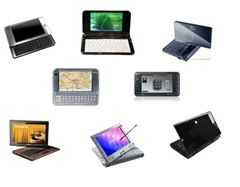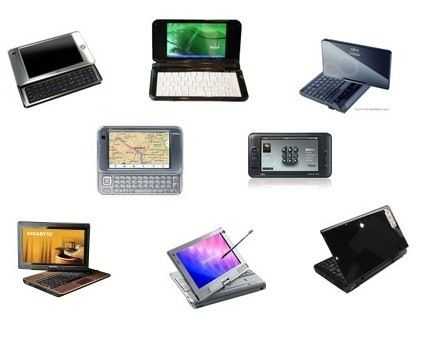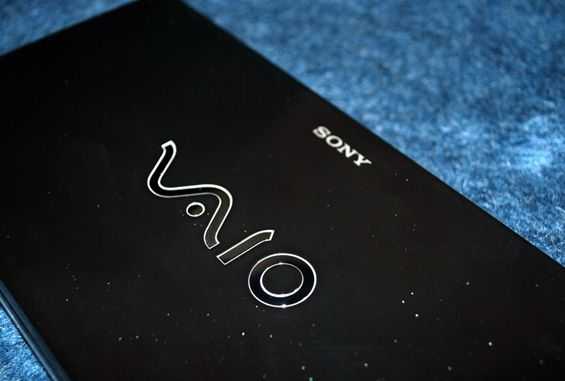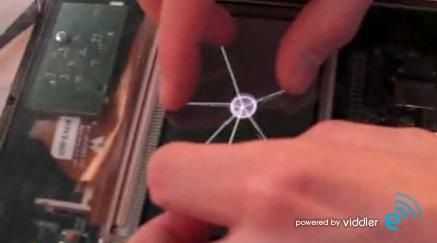Not only am I lucky enough to be going to The Next Web Conference and Mobile Dev Camp in Amsterdam next week but, with the help of Moblix, I’ve managed to pull together one of the best collections of MIDs and UMPCs I’ve ever had. 
- Viliv S5 (#1 most popular on the Portal)
- Gigabyte Touchnote (#2)
- UMID Mbook (#3)
- Aigo P8860 (With XP)
- Raon Digital Everun Note
- Kohjinsha SC3
- Nokia N810
- Fujitsu U820
And to round-up the device list I’m going to pick up an iPod Touch before I leave for Amsterdam.
But what exactly am I planning to do with these devices in Amsterdam?
The main reason is to show developers and get their thoughts on the platforms from both a hardware and software perspective. Are mobile application developers interested in pocketable X86 platforms? What would they look for before they considered it as a platform to work with or to buy for personal use? Do they want to see market penetration or Interesting APIs and hardware? What if a mobile device offered them access to processing power that they’ve never been able to use before? Screens that contain 4-8 times more space? Higher capacity storage and memory? Longer online battery life? I certainly don’t expect an overwhelmingly positive reaction to these ‘disruptive’ devices but I do promise to let you know what people are really saying.
Secondly, it’s to get real-life mobile-use hands on with the UMID and Aigo with XP. Although I had devices in Austin at SXSW, it was very difficult to get good 3G usage time. I’ll have a local Vodafone card (or two) in Amsterdam so there should be no problem staying connected all the time.
Finally, I want to let people get hands-on. There are few opportunities to be able to try before you buy so I’ll be available for anyone that wants to see them and ask questions. They’ll be at the sessions and the parties and if you want, at your preferred location in Amsterdam. If you want to meet up with me to check the devices out, contact me –tnwdemo@umpcportal.com – and I’ll arrange it. Hopefully we can pull together a few mobile gadget geek sessions. As mentioned above, i’ll be at the Mobile Dev Camp on Wednesday 15th.
Many thanks to Mobilx for shipping over the Aigo, Touchnote and UMID for testing next week.
Footnote If you’re arranging a mobile web / computing event in and you think people would be interested in a demo and discussion around the MID and ultra mobile PC segment, contact me and we can talk about logistics, presentations and other possibilities. The segments UMPCPortal works in are shown in this PDF.















